There is hope for hydrogen – but much work remains
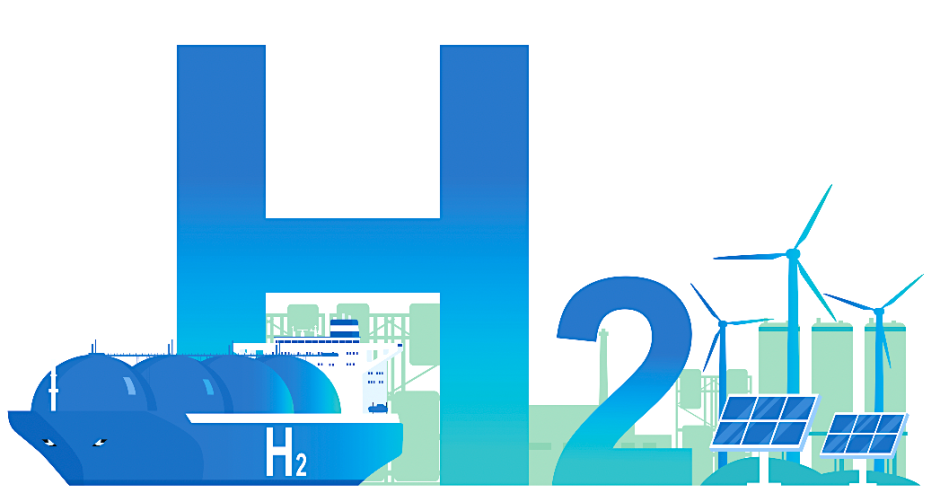
The Nordic cooperation project HOPE, which investigated whether hydrogen is a suitable fuel for RoRo/RoPax ferries, has been completed. And there is hope. Technically, there are no problems, but for a long time to come, other alternative fuels will be more available and in many cases more cost-effective.
A couple of years ago, hydrogen quickly emerged as a Messiah who will save us from our dependence on fossil fuels. Through the European Green Deal, 430 billion euros were invested until 2030 to make hydrogen an obvious part of the energy system of the future. But not everything can run on hydrogen. How well does it work as a marine fuel, specifically for RoRo/RoPax ferries? Now that the Nordic cooperation project HOPE is over, we know a little more.
“It has become clearer exactly what the barriers are and we know more about them in detail. And now we also know that the technology with hydrogen and fuel cells works on a RoRo/RoPax ferry - when we entered the project, we didn't”, says Julia Hansson, researcher at the IVL Swedish Environmental Institute who led the two-year the project.
For shipping companies that want to run on fossil-free fuels, hydrogen is probably not the best option in the short term. Above all, the financial barriers are a big challenge, but the lack of infrastructure and the availability of green hydrogen is also a problem. However, what to use instead is not entirely obvious - most shipowners have not decided, believes Julia Hansson.
“The electricity solutions appeared a few years ago to be very interesting, but with rising and changing electricity prices, it will of course become more difficult to land on such a solution.” She continues:
“During the course of the project, it has not become clearer which fuels will be invested in. And the new policy instruments from the EU that will soon come into force, the EU ETS and FuelEU Maritime, do not specify any fuel either. More projects are needed that test different things.”
It also differs between countries. In Norway, there is a slightly greater interest in ammonia and hydrogen, while Sweden leans a little more towards biofuels and electro-fuels.
“It probably has to do with what conditions you have and what fuel you have used in the past in other sectors. Sweden has used a lot of biogas and biofuels for road transport, while Norway has a lot of electricity that can be used to produce several fuels.”
According to the report, however, there is no doubt that hydrogen in any form (liquid, compressed, ammonia or electrofuels) can be an interesting solution for reducing shipping's emissions of greenhouse gases in the long term. However, it will take time before it is used on a larger scale.
- There is a lot of talk about us having a large hydrogen production in the Nordics, not least in Sweden. But then there is the question of who will use it. There are many other sectors, mainly industry, that need it and it is not certain that the supply will be that great for shipping. However, if you include other hydrogen-based fuels such as electromethanol, the picture can change.
Julia Hansson believes that the design and details of the regulations and policy instruments will play a big role in which fuels will apply in the future.
- When it comes to FuelEU Maritime, it becomes very important which emission factors to count on. It can make a particular fuel more advantageous. And in the EU ETS, only ships over 5,000 gross tons are initially included. This also comes into play when shipping operators have to adapt.
Footnote: FuelEU Maritime's (and other policy development within the EU and globally) impact on the shipping sector and the environment will be evaluated by Julia Hansson and her colleagues in the project FEMAR (Fuel EU Maritime and other EU and IMO climate policies – impact on the environment and on Scandinavian shipping) which runs between 2023 and 2026.
-
 NextWave – en podd som ska locka unga
NextWave – en podd som ska locka unga -
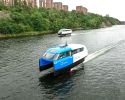 Ny studie: Eldrivna pendelbåtar kan effektivisera Stockholms kollektivtrafik
Ny studie: Eldrivna pendelbåtar kan effektivisera Stockholms kollektivtrafik -
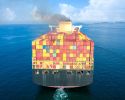 Sjöfartens utsläpp ökar
Sjöfartens utsläpp ökar -
 Sociala relationer påverkar val av bränsle
Sociala relationer påverkar val av bränsle -
 Sjöfartens omställning kräver ”mjukare” påtryckningar
Sjöfartens omställning kräver ”mjukare” påtryckningar -
 Hon hade avtalad tid med Kapten ynkrygg
Hon hade avtalad tid med Kapten ynkrygg -
 Lighthouse omvärldsanalys 2025 – osäkerhet och tullar präglar sjöfarten
Lighthouse omvärldsanalys 2025 – osäkerhet och tullar präglar sjöfarten -
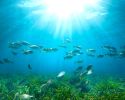 Se seminariet Shipping in the Marine Environment
Se seminariet Shipping in the Marine Environment -
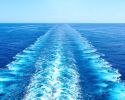 Vad betyder egentligen de 90 procenten?
Vad betyder egentligen de 90 procenten? -
 Hålla där...
Hålla där...

